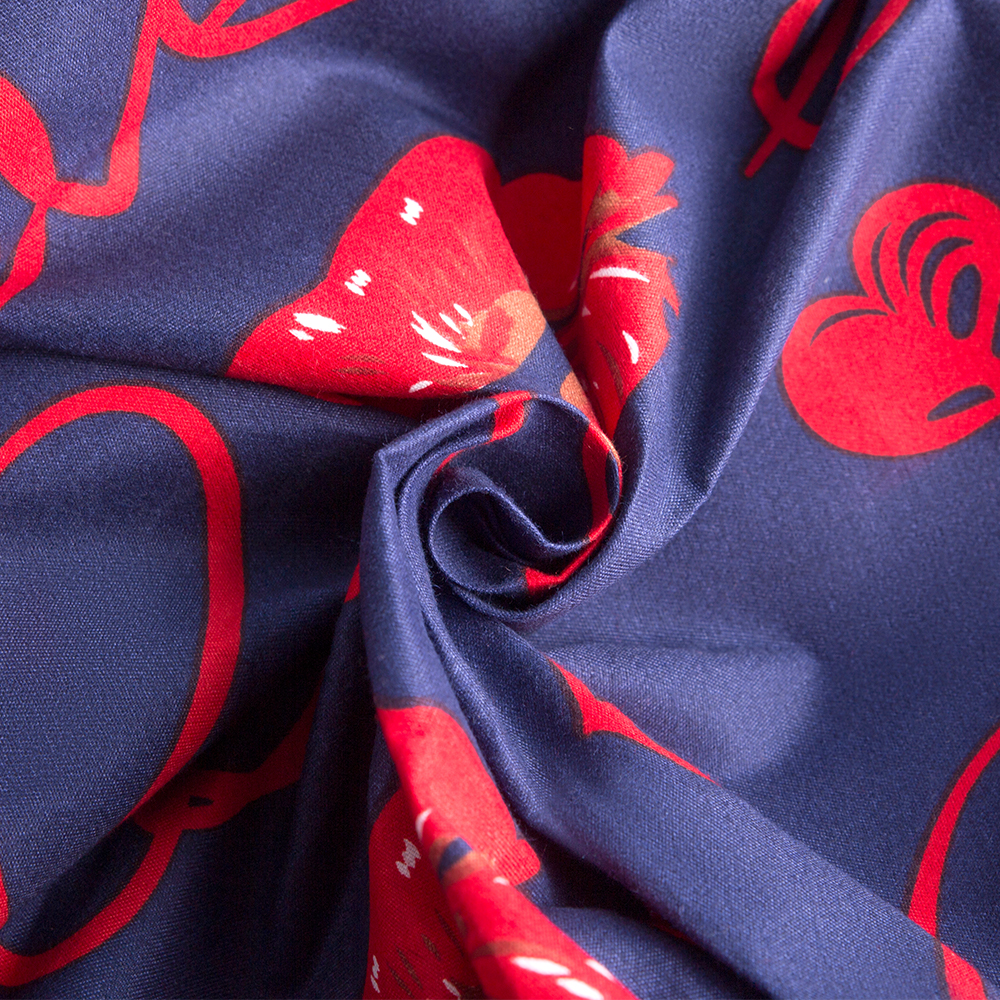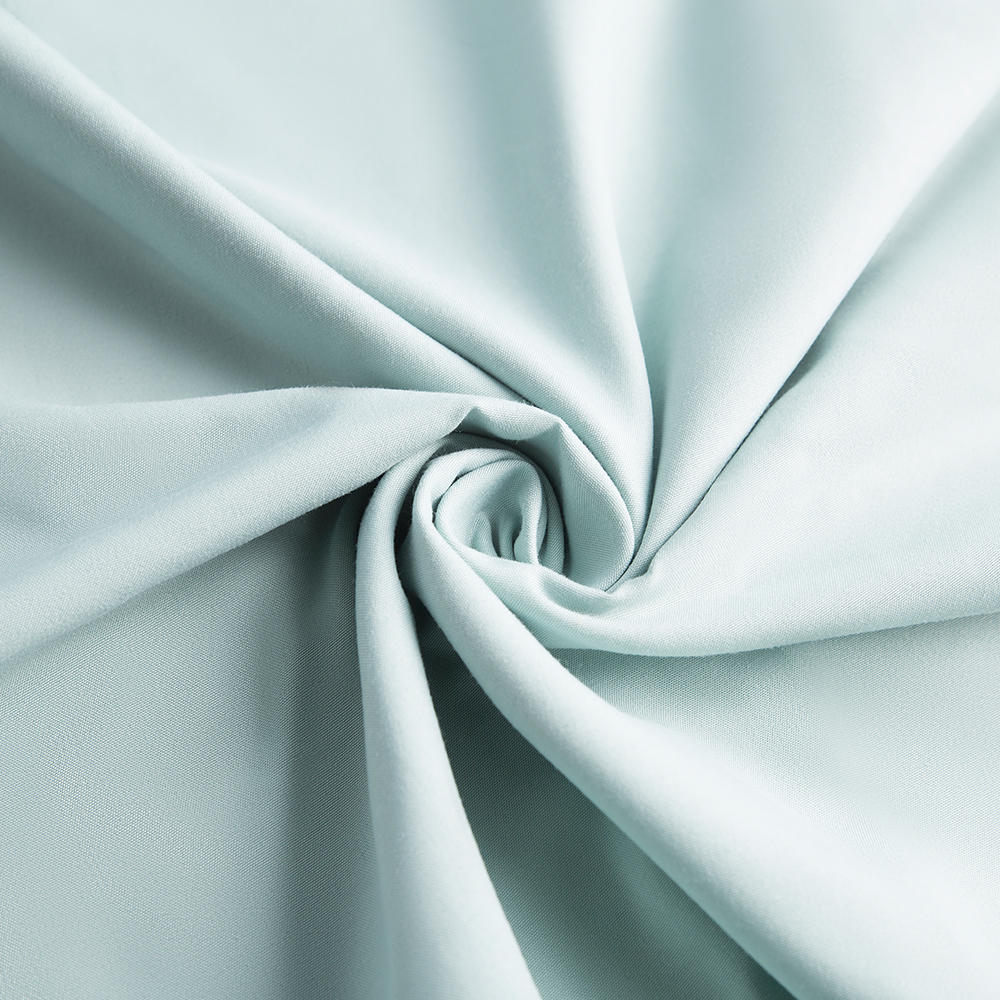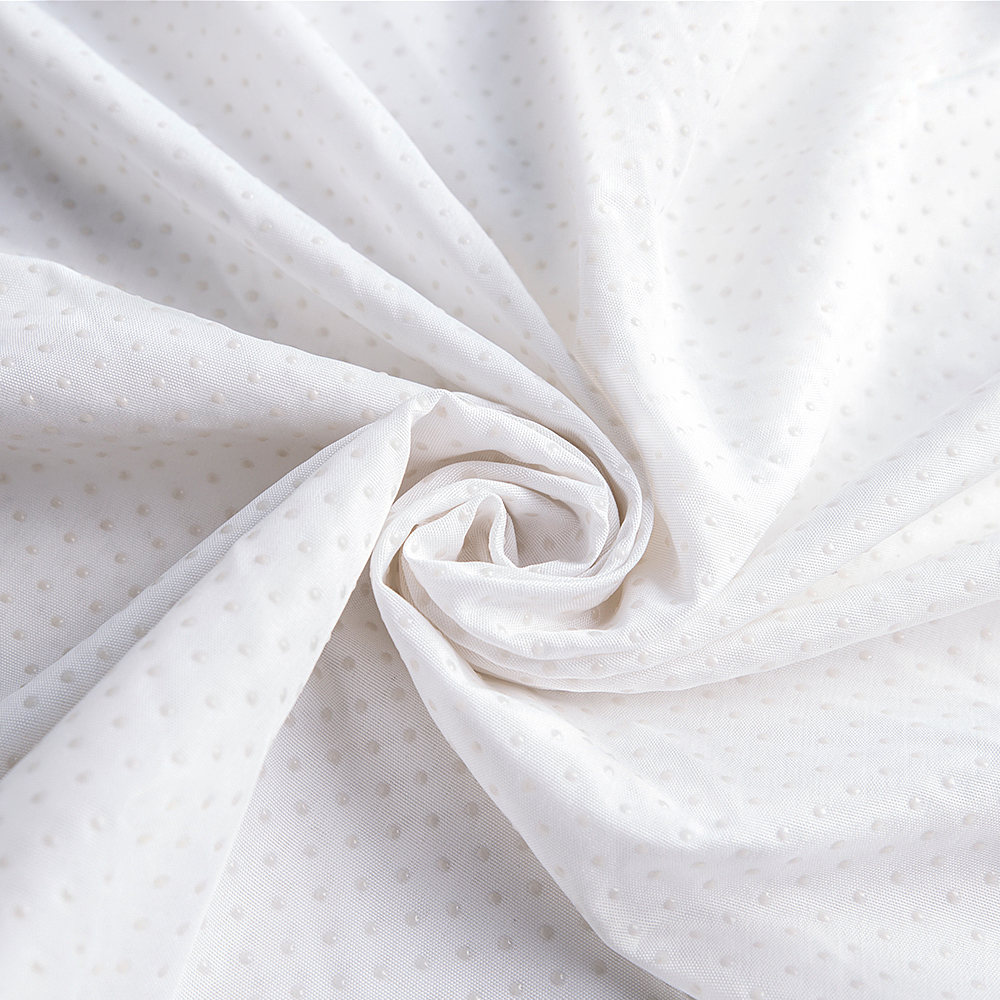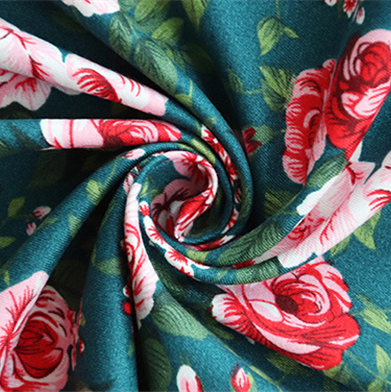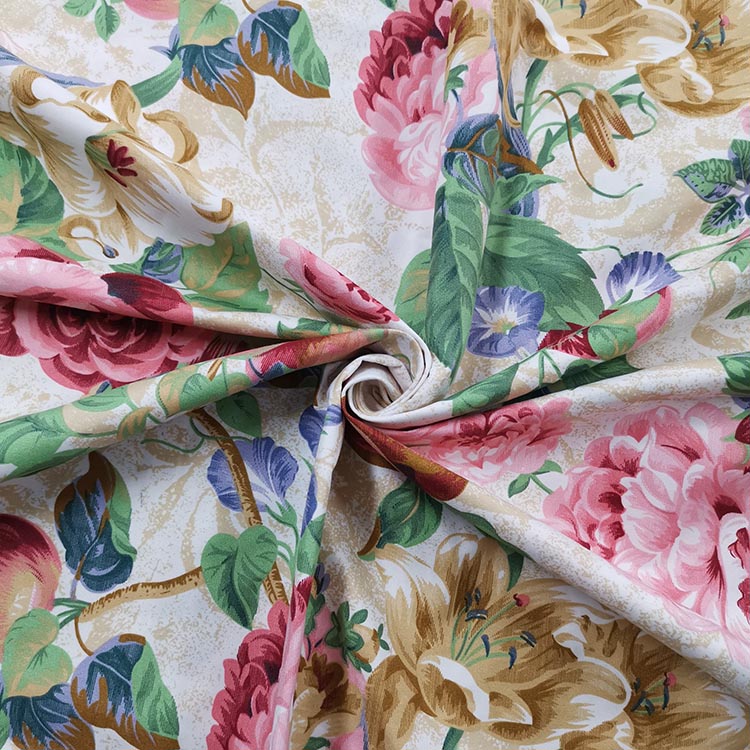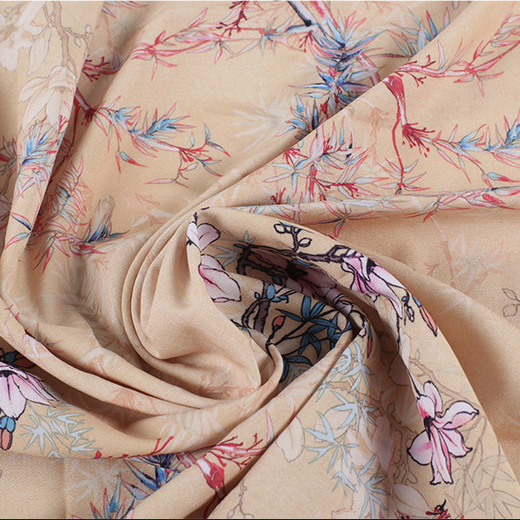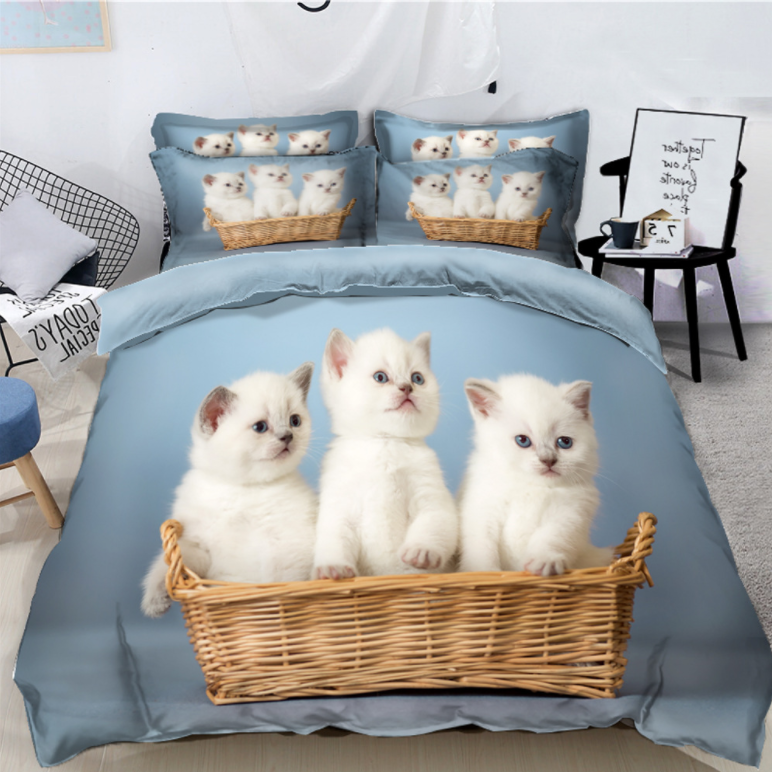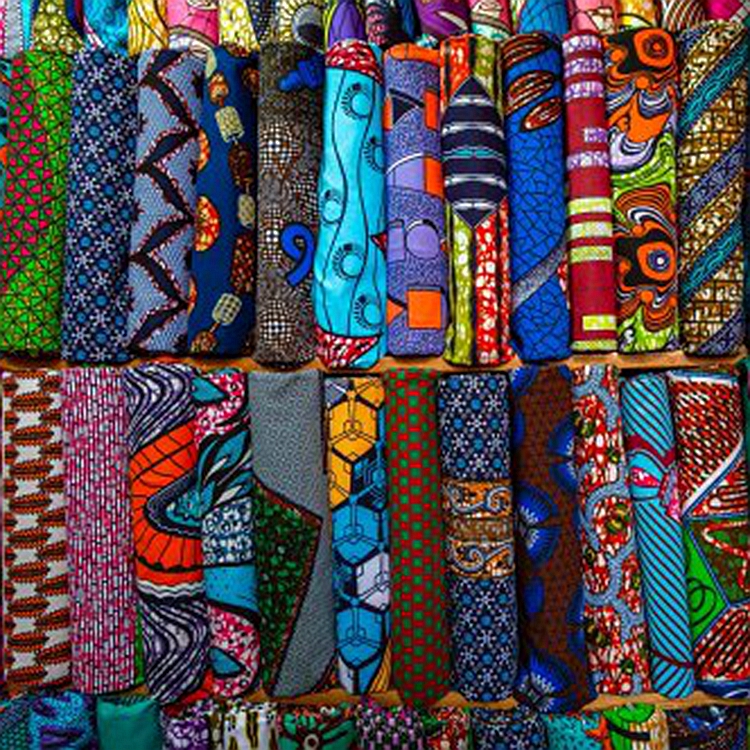In the textile industry, trends come and go, but some materials remain indispensable thanks to their unique combination of performance, comfort, and versatility. One such material is polyester microfiber dyed fabric. Whether you’re wearing activewear, sleeping under soft bed sheets, or wiping your glasses with a silky cloth, there’s a good chance you’ve encountered it.
So what exactly is polyester microfiber dyed fabric? Why is it used in everything from clothing to cleaning products, and how is it made? Let’s dive into its origins, properties, and applications.
1. What Is Polyester Microfiber Dyed Fabric?
Polyester microfiber refers to synthetic fibers made from polyester polymer that are extremely fine—typically less than one denier in thickness. For perspective, a human hair is about 17 deniers thick, so microfiber is many times thinner.
When this microfiber is woven or knitted into fabric and then dyed, we get polyester microfiber dyed fabric—a textile with:
Exceptional softness and smoothness
High durability
Vivid, longlasting colors
Versatility for many end uses
The “dyed” aspect means the fabric has undergone a color application process, either at the fiber stage (solutiondyed) or after the fabric is formed (piecedyed or yarndyed).
2. How Is Polyester Microfiber Dyed Fabric Made?
The manufacturing process involves several stages:
a) Fiber Production
Polyester chips are melted and extruded through fine nozzles.
The resulting filaments are drawn to align molecules for strength.
Fibers are split or produced at ultrafine diameters.
b) Fabric Construction
Microfibers are woven or knitted into desired patterns.
Tight weaves create a dense, smooth texture.
c) Dyeing
Piece dyeing – Fabric is dyed after weaving.
Solution dyeing – Pigments are added to molten polyester before fiber extrusion (more colorfast, ecofriendly).
Yarn dyeing – Fibers are dyed before weaving for pattern effects.
d) Finishing
Softening, brushing, or calendaring for texture.
Heat setting for dimensional stability.
3. Key Properties of Polyester Microfiber Dyed Fabric
1. Softness and Comfort – The ultrafine fibers feel smooth against the skin.
2. Durability – Resistant to tearing, abrasion, and wrinkling.
3. Lightweight – Despite being strong, microfiber fabrics are very light.
4. Moisture Wicking – Draws sweat away from the skin, ideal for sportswear.
5. QuickDrying – Polyester fibers don’t retain water like cotton.
6. Colorfastness – Dyed polyester holds its color through washing and sunlight exposure.
7. Versatility – Can mimic textures like suede, silk, or cotton.
4. Advantages Over Other Fabrics
Compared to natural fibers like cotton or silk:
Better Color Retention – Polyester dyes bond well to the synthetic fiber.
Easier Care – Wrinkleresistant and machine washable.
Lower Cost – More affordable to produce at scale.
Resistant to Pests – Won’t be damaged by moths or mildew.
Compared to regular polyester:
Softer Handfeel – Microfiber’s fine filaments give a more luxurious texture.
Improved Breathability – Certain weaves allow better air circulation.
5. Applications of Polyester Microfiber Dyed Fabric
a) Apparel
Activewear – Gym clothes, yoga pants, running shorts.
Casual Wear – Tshirts, blouses, dresses.
Outerwear – Lightweight jackets, windbreakers.
b) Home Textiles
Bed sheets, pillowcases, and duvet covers.
Curtains and decorative cushions.
c) Cleaning Products
Microfiber cleaning cloths for dusting, polishing, or glass cleaning.
Mop pads for floor cleaning.
d) Industrial Uses
Automotive interiors.
Lining for bags and luggage.
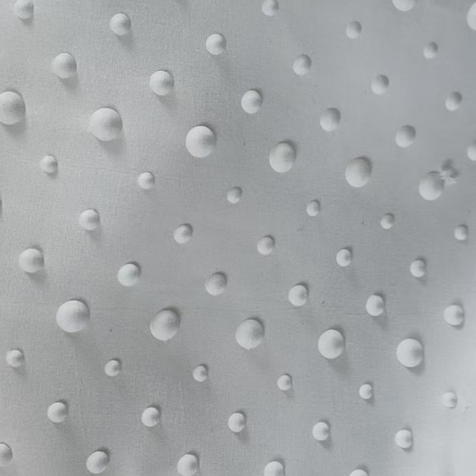
6. Dyeing Challenges and Solutions
Polyester’s hydrophobic nature makes dyeing more challenging than cotton. Traditional waterbased dyes don’t easily penetrate the fiber. This is addressed by:
Disperse Dyes – Special dyes that can enter the polyester fiber at high temperatures.
Carrier Chemicals – Help open up the fiber structure for dye penetration.
HighTemperature Dyeing (HT Dyeing) – Increases dye uptake.
For ecoconscious production, solution dyeing eliminates the need for postproduction dye baths, reducing water and chemical use.
7. Care and Maintenance Tips
To maintain the beauty and performance of polyester microfiber dyed fabric:
Wash in cold or warm water with mild detergent.
Avoid fabric softeners, as they can reduce wicking properties.
Tumble dry on low or line dry.
Avoid high heat ironing (use a low setting if needed).
8. Sustainability Considerations
While polyester microfiber offers many benefits, there are environmental concerns:
Microplastic Shedding – Washing synthetic fabrics can release microfibers into waterways.
Recycling Efforts – Manufacturers are developing recycled polyester from PET bottles or postconsumer waste.
EcoFriendly Dyeing – Solution dyeing and waterless dyeing technologies help reduce pollution.
9. Innovations in Polyester Microfiber Dyed Fabric
Modern textile engineers are enhancing microfiber fabrics by:
Adding stretch fibers for better fit and comfort.
Applying antimicrobial finishes for odor control.
Combining with natural fibers for hybrid performance fabrics.
Using biodegradable polyester to reduce longterm waste.
10. Why It’s Popular in Today’s Market
The popularity of polyester microfiber dyed fabric comes from its unique balance of:
Affordability
Comfort
Low maintenance
Durability
Style versatility
It’s a material that appeals equally to budgetconscious manufacturers, fashion designers seeking flexibility, and consumers who want longlasting textiles.
Conclusion
Polyester microfiber dyed fabric is a prime example of how textile innovation can meet modern lifestyle needs. It’s soft enough for luxury bedding, strong enough for sportswear, and vivid enough for highfashion garments. With ongoing advancements in dyeing technology and sustainability practices, it will continue to be a staple in both fashion and functional textiles.





 English
English
 中文简体
中文简体

